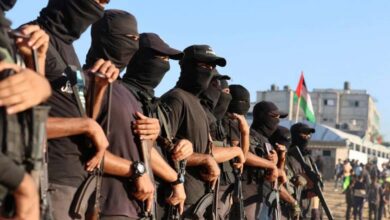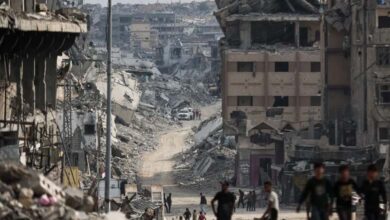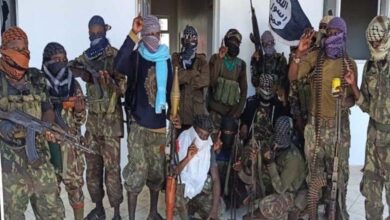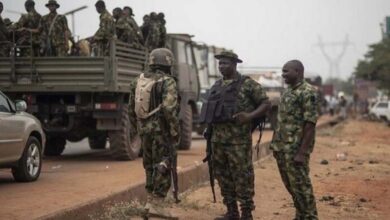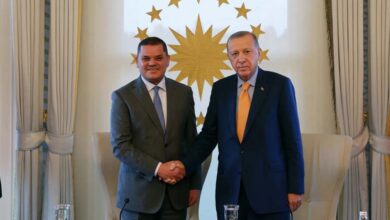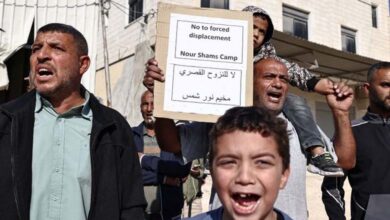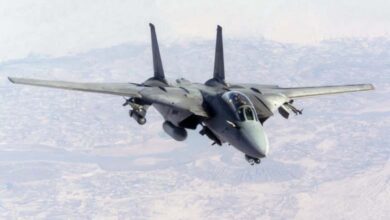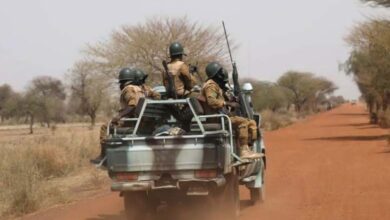Gaza and landmines: an open field
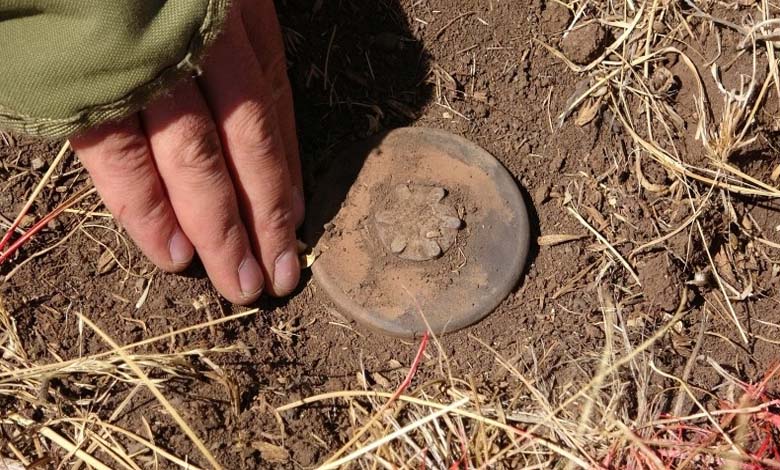
One might use the phrase “minefield” figuratively to describe a road full of hazards — but what if you live in a place actually sown with mines that threaten your life every moment? This description applies literally to Gaza, a territory whose clearance would require an entire generation — roughly twenty years — and possibly more, up to thirty years, a time span that alone speaks to the horror of the present.
On Thursday, an official from Humanity & Inclusion said that clearing unexploded ordnance in Gaza will likely take between twenty and thirty years, describing the Strip as “an open minefield.” United Nations databases show that more than fifty-three people have been killed and hundreds wounded by remnants of the two-year war between Israel and the Palestinian movement Hamas. Relief organizations believe those figures substantially undercount the true toll.
The US-mediated ceasefire raised hopes that the massive task of removing these remnants could begin amid millions of tonnes of rubble. Nick Or, an explosive-ordnance-disposal expert with the organization, said: “If you are looking to remove rubble completely, that will never happen — it’s underground. We will keep finding it for generations.” He likened the situation to British cities after World War II.
Or added that clearing the surface could realistically be achieved within a generation, he estimates twenty to thirty years, but that this would address only a very small part of a very large problem. Or, who has visited Gaza several times during the fighting, is part of a seven-person team that will next week start mapping explosive remnants within critical infrastructure such as hospitals and bakeries.
So far, relief organizations, including his own, have not been granted a comprehensive permit by Israel to commence clearance and destruction of ordnance or to import the equipment required. The Coordination of Government Activities in the Territories unit — which is part of the Israeli military and oversees aid into Gaza — did not respond to requests for comment.
The unit also blocks materials it deems “dual-use” — civilian items that can have military applications — from entering Gaza. Or said he is seeking permission to import equipment to burn munitions rather than detonate them, to reduce the risk that Hamas could reuse them. He also expressed support for a temporary security force, similar to that envisaged in the twenty-point ceasefire plan: “If Gaza is to have any future, there needs to be a security presence that allows humanitarians to operate.”


